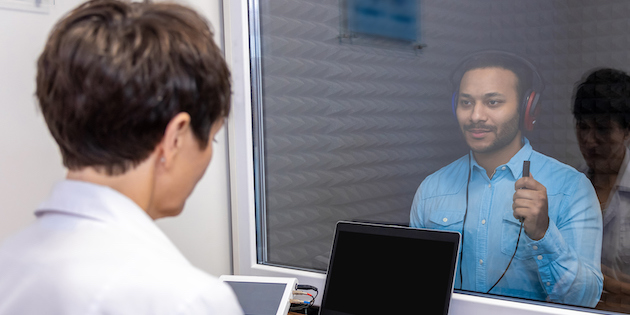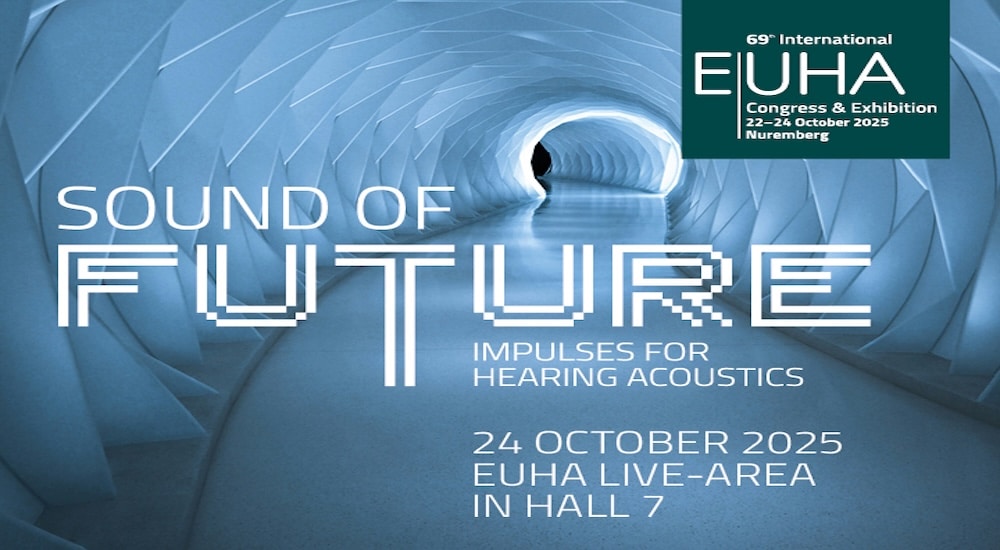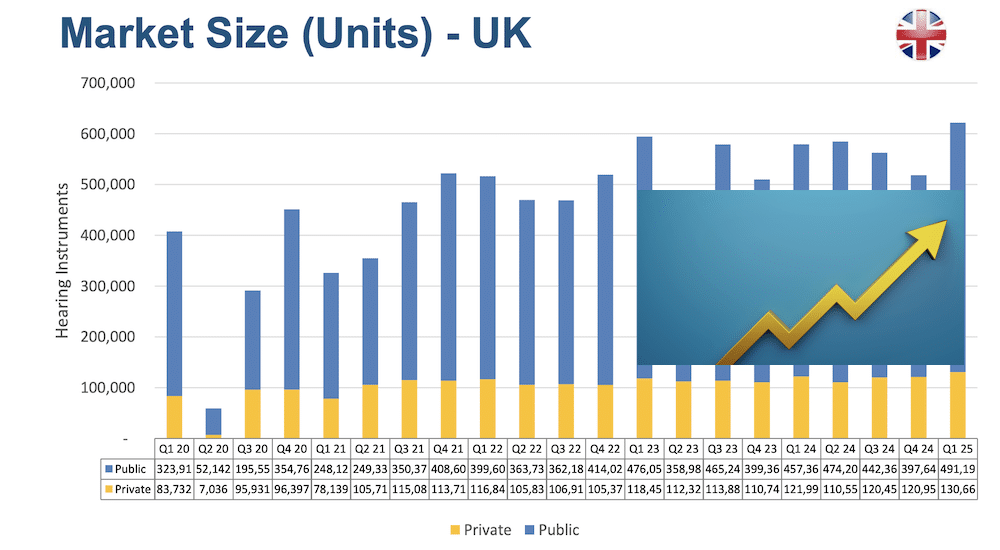Audiologist survey highlights the need for industry change, and opens a box of challenges
The 2023 BIHIMA survey has reinforced some of the current challenges for audiologists, including competing demands, a continued lack of qualified professionals coming into the industry, and ever-growing patient lists.

The results have also uncovered the impact of the cost-of-living crisis on people’s health, as almost half of respondents said the main priority for patients is the cost of their hearing device.
The British and Irish Hearing Instrument Manufacturers Association (BIHIMA) runs an annual survey for audiologists to explore key issues faced by professionals working in the industry.
Paul Surridge, BIHIMA Chairman, said: “This survey is an important touchpoint that gives us valuable insights into the experiences of audiologists working across the UK. Using this information, we can shape our work to ensure we are representing the people working at the forefront of tackling hearing loss.”
Audiologist and former President of the British Society of Hearing Aid Audiologists, Raúl García-Medina, recently highlighted a concern that there are only estimates available for the numbers of qualified audiologists working in the UK, and suggested there are around 3000 NHS and 1500 private sector audiologists or hearing aid dispensers. Far less than is needed to meet demand.
We know that as that demand increases, people are living longer and with more complex health conditions than ever before, technology is evolving at a staggering pace and there have been fewer newly qualified people joining the profession – all this adds up to a unique set of challenges for those working in the industry, with some interesting opportunities for improvements, too.
What did the survey results show?
Almost half of respondents said people are concerned with the cost of their hearing instrument.
Audiologists were asked what their patients’ priorities are when choosing a hearing device. In 2021, the top answers to the same question were personalisation and design, however this year these options were preceded by affordability. The price of instruments was selected as the primary factor by 46% of respondents and suggests a potential link to the ongoing cost-of-living pressures.
Other key findings from the survey include:
Almost a third say NHS waiting times have not changed in the last 12 months, and 71% say waiting times are impacting their clients/patients.
The RNID Hearing Matters Report states that people wait, on average, ten years before seeking help for hearing loss. When asked which age group is most proactive, the survey respondents are almost exactly split between all age groups.
Stigma still influences decisions on using a hearing aid
Is stigma a problem for hearing device users in 2023?
A staggering 97% of respondents said stigma is either ‘a significant factor’ for their patients (48.5%), or ‘a declining factor’ (48.5%). The perception of stigma will be different for every person you ask depending on a variety of factors, but it clearly affects a large number of people.
Eurotrak data released in 2022 showed that 44% of people said they would be embarrassed to wear a hearing instrument, and over a third of people said they simply would not admit to having hearing loss in public.
The audiologists who responded to the BIHIMA survey had a lot of suggestions when asked how the industry, and society in general, can work to improve the experiences of people living with deafness and hearing loss, such as better education and accessibility.
One professional highlighted the importance of the language used: “If the advert is more about how small and discreet the hearing aid is then this is subconsciously reinforcing the idea that hearing aids are big and ugly.” This sentiment has also been shared by the World Health Organisation in previous years.
Others said there is a need for more accurate and varied representation of hearing instruments and the people who use them, so the issue is not seen as exclusive to older generations. It was also suggested that the advanced technology and connectivity available should be promoted more widely to make hearing devices an attractive prospect in today’s digital society, rather than one to be hidden away or avoided.
Paul Surridge commented: “The issue of representation for hearing instrument users is one we’ve been working to address for some time, because we agree that images used in media coverage are often wildly mismatched to both the diversity of people who use hearing devices, and to how the devices themselves look these days. We are currently working to influence change by making a broader range of up-to-date imagery available to news outlets.”
How can we improve audiology for the future?
Audiologists were asked about the current challenges in their profession and how to improve and modernise the industry, highlighting a broad range of factors in their answers. These included pressure on resources and the need to attract more people into audiology so they could improve waiting times and build on new ideas and collaborative practice across the industry. As reflected in the survey question about patient priorities, the cost of instruments was also a clear theme and the potential use of a voucher system, as is available in Ireland, was raised repeatedly.
Public perception of the industry formed answers for a great many of the respondents, both in terms of people’s ideas about hearing loss in general and how hearing aids can help. Many people expect them to be a simple answer to restoring their hearing to normal levels and although this may not always be the case, fully understanding the significant difference a well fitted instrument can make is vital.
The process of wax removal is subject to ongoing discussions across the industry and appeared repeatedly in survey responses. Many audiologists are frustrated at the lack of regulation for the service and are calling for better oversight to protect patients.
Many people would like to see existing silos in the industry removed to allow greater collaboration between private and NHS services, in order to improve patient care as well as reduce pressure on NHS waiting lists. Closer working would also enable better access to new technologies such as Bluetooth, creating more choice for professionals when choosing the right device for a patient.
BIHIMA Chair, Surridge, said: “We’re so grateful to the audiologists who responded. The results of this survey will help us to use real world examples from people who are all experts in their field to raise awareness about how important it is to seek support for hearing loss sooner rather than later.
“There have been a great many valuable issues raised in the survey results, but for me one of the most important is the need for regular hearing checks. For many years we have been promoting this message, but we know that a large proportion of the public have never even had a hearing check. It’s vital that we continue to work together across the industry to tackle challenges such as these, to ensure we can all enjoy better hearing for the future.”
ABOUT BIHIMA
BIHIMA, the British and Irish Hearing Instrument Manufacturers Association, represents the hearing instrument manufacturers of Britain and Ireland, working in partnership with other professional, trade, regulatory and consumer organisations within the health care and charitable sectors. We raise consumer awareness about the latest hearing technology and aim to influence government and policy makers to improve the lives of people with hearing difficulties.
Source: BIHIMA



